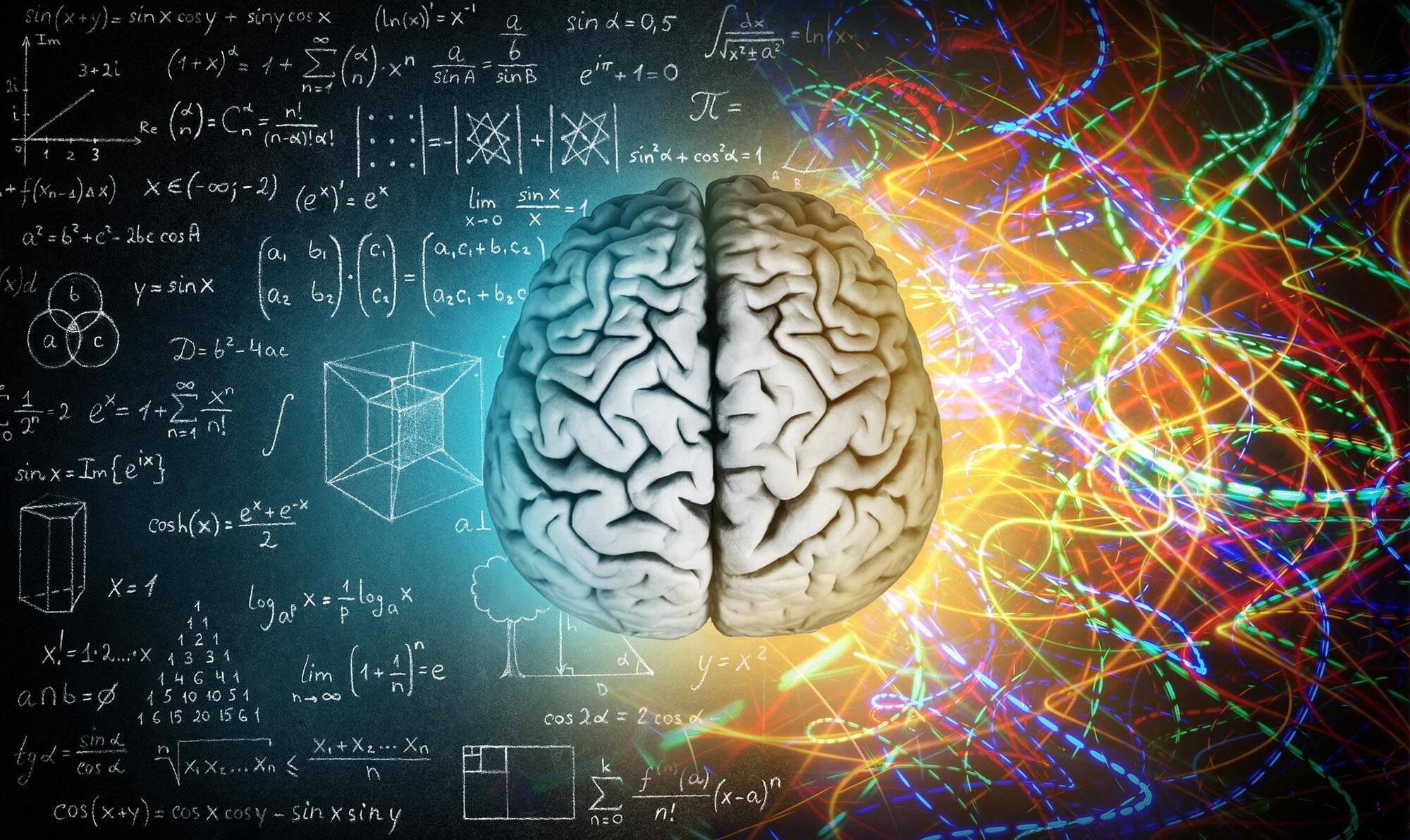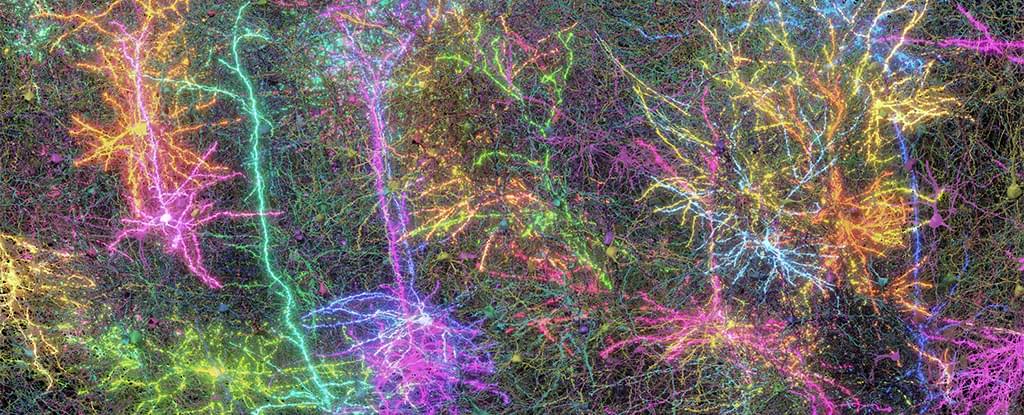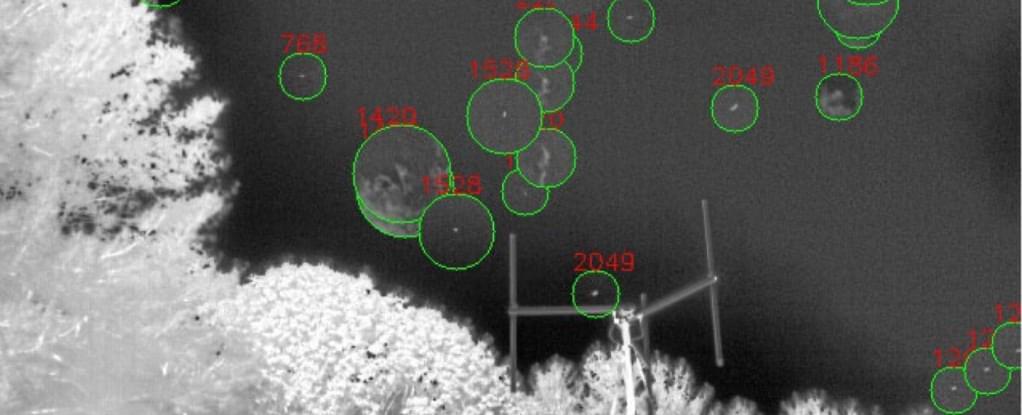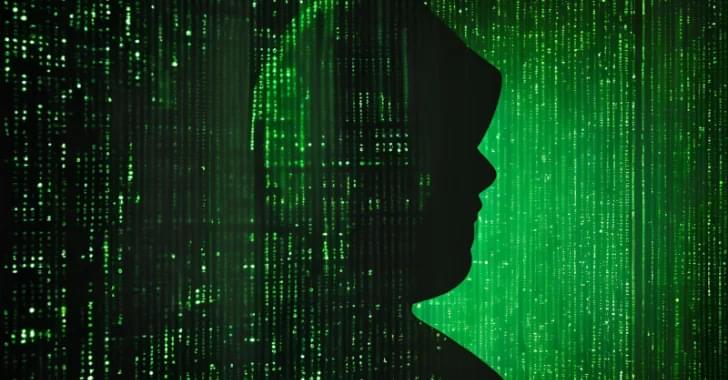When doing tasks that require little attention, people who let their minds wander show brain activity similar to sleep. This sleep-like activity has been linked to improved performance. When people let their minds wander during tasks that require focus and active thinking, their learning and perf






